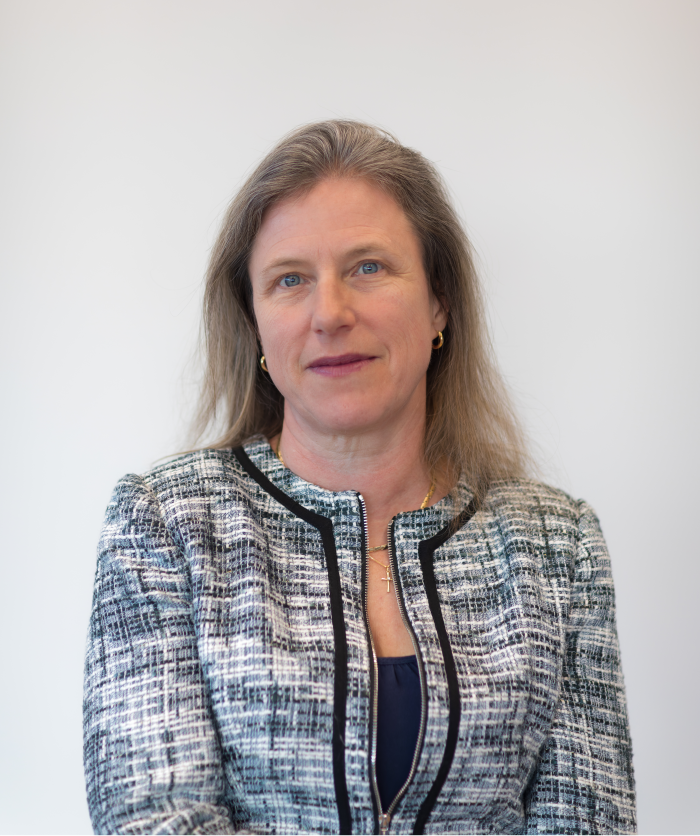WELCOME TO THE LA CÔTE SAFEGUARDING PAGE
Thank you for visiting our page
Your safeguarding team members are Ever Gutierrez, Liz Martinez and Cate Bichara. If you would like to get in touch, please do by sending us an email at safeguarding@lacotechurch.ch, or chat to us at a Church service, or use the form at the bottom of the page.
Safeguarding is increasingly important in a virtual world where we can feel isolated
The Safeguarding Team is there when someone suspects or has observed abuse or is a victim. We are there if someone feels uncomfortable about a relationship or situation themselves. Our team does not judge, but can flag up help and is discreet. Covid lock downs and confinements 2020 have resulted in an increase of abuse in the home.
FRANCE National sites
https://arretonslesviolences.gouv.fr/
Violence against women tel:3919
https://www.service-public.fr/particuliers/actualites/A13048
Children in Danger tel: 119
https://www.allo119.gouv.fr/
LOCAL Divonne les Bains France
Domestic Violence
Every Thursday afternoon from 15.00 to 17.00 at the Divonne Mairie Contact : 07 68 80 87 13 ou npns.ferneypaysdegex@free.fr
SWITZERLAND
LAVI
https://www.admin.ch/opc/fr/classified-compilation/20041159/index.html
147
A confidential 24/24 helpline for children & the young, by telephone, text or internet http://www.147.ch/fr/
EUROPE
Assorted helplines available here http://assembly.coe.int/LifeRay/SOC/Pdf/DocsAndDecs/2020/AS-SOC-CHD-INF-2020-02-BIL.pdf
What is Safeguarding?
Archbishop Welby describes Safeguarding as “The action a Church takes to promote a safer culture in all our churches.” Our Bishop, the Right Reverend Dr. Robert Innes, prioritizes safeguarding saying: “We have a duty before our Lord to enable the church to be a safe and secure place for all vulnerable groups.” Safeguarding is about the quality of our relationship with one another and the steps we take to protect our children and the vulnerable. Safeguarding does not create an environment of suspicion and mistrust. On the contrary, a safer church environment is a healthier and happier place.
Why has this been put in place?
To protect the vulnerable from abuse. There are more and more cases of abuse being reported in the media not just in the church environment, but in our daily life.
Who is it for?
It is for everyone. We are working with children and the immigrant community at La Cote and we can all live next door to someone in distress.
Who is responsible for Safeguarding in our Chaplaincy?
The Chaplain and the Council, as well as the Safeguarding officers appointed by them. The Council commits to a written safeguarding statement (read here or download a copy) which is renewed annually. This is on display at the Gingins, Divonne and Crassier churches.
What is the role of a Safeguarding Officer?
To implement the Safeguarding Policy set out by and based on the current best practices of the Church of England. This document provides guidelines and sets the standards to which we are all required to work.
The role is two–fold:
Safeguarding officers are responsible for contacting all those working with children and the vulnerable within the Chaplaincy, who need to follow the Safeguarding process and to guide them through standard background checks. They also encourage them to understand fully the implications of their roles by following the Church of England’s on line basic training courses.
Safeguarding officers can be the point of contact for any reports of abuse. They deal with these reports according to the policy and in confidence.
If you would like to learn more about safeguarding, or have concerns about abuse, do not hesitate to contact the safeguarding team safeguarding@lacotechurch.ch who would be happy to talk to you. We are always ready to advise or seek information on safeguarding related topics for this chaplaincy. Come and see us after church services.
What do I have to do as a volunteer working with Children and the Vulnerable?
For your help and information we have set out a short guide to the safeguarding process.
How can I get training on safeguarding?
All parishioners are welcome to do the foundation course on the Church of England portal:
Contact us about Safeguarding

Safeguarding officer - Cate Bichara
Safeguarding officer - Ever Guttierez
Safeguarding admin - Liz Martinez
Send us an email at safeguarding@lacotechurch.ch or use this form:
RUNNING ZOOM MEETINGS SECURLY
The La Cote Safeguarding team has been looking into the security of Zoom Meetings. Please find below our guidelines for organizing a Church meeting. Do not hesitate to contact the Safeguarding team for further help or information. safeguarding@lacotechurch.ch.
PLANNING A MEETING
Meetings should be classified as OPEN or RESTRICTED by the meeting lead.
DEFINITION OF OPEN AND RESTRICTED
Open means open to all. A link and password are published on the website for unrestricted access to meetings through a waiting room.
Restricted access status is recommended for, but not confined to, the following meetings: Children, Youth, Pastoral care, and Prayer group meetings.
These are organized through email contact, by a meeting lead, to an established list of names (usual participants).
The contact name and e-mail address of the meeting lead is published on the Church website for enquiries and requests to join the group. –
The meeting lead will send the link and password to requestees.
Advice about inviting outsiders to small groups: No forwarding of restricted meeting invitations to mailing lists. Please contact the meeting lead.
DEFINITION OF MEETING LEAD AND MEETING ADMINISTRATOR
Meeting leads are those who lead the meeting itself.
Meeting administrators manage the live zoom sessions (allow people to enter, mute or block, etc). They may be the same person as the meeting lead.
ORGANIZING A MEETING
In setting up a Zoom meeting all Zoom administrators should use the waiting room option to be able to vet those who wish to enter.
All participants must be identifiable, if not, they are not admitted to the meeting.
Zoom provides 5 security measures.
1. Waiting rooms
2. Delete chat and private messages
3.Lock up meeting
4.Delete a participant during a meeting
5. Disable screen sharing
The meeting administrators need to know that they can exclude someone if they feel uncomfortable particularly for the restricted meetings.
Training and help is available from Johan Crocoll. An open training session can be arranged and will be open to all. This will be also useful for other zoom meetings in other contexts.
Cate Bichara, Christine Warren, Liz Martinez
3 July 2020


